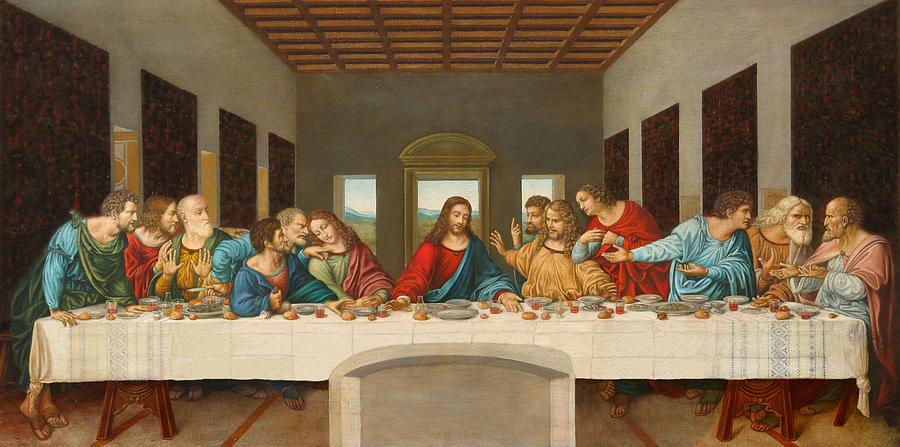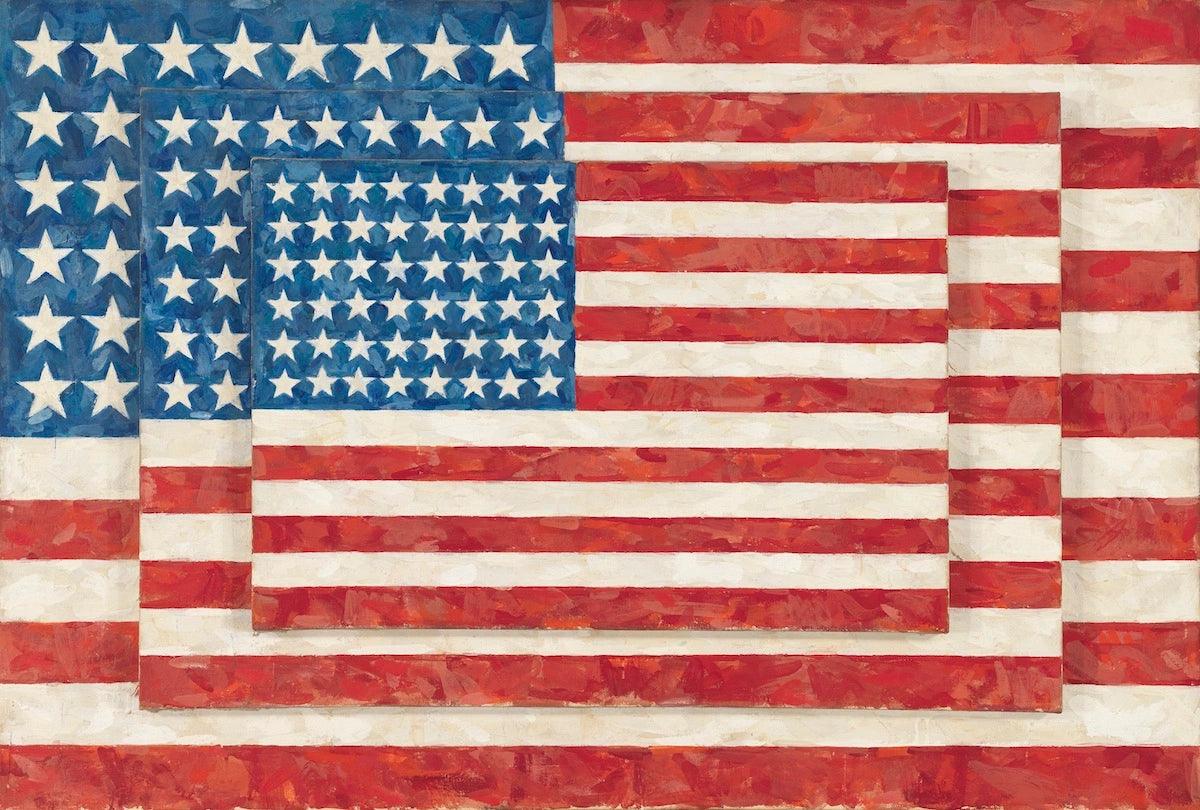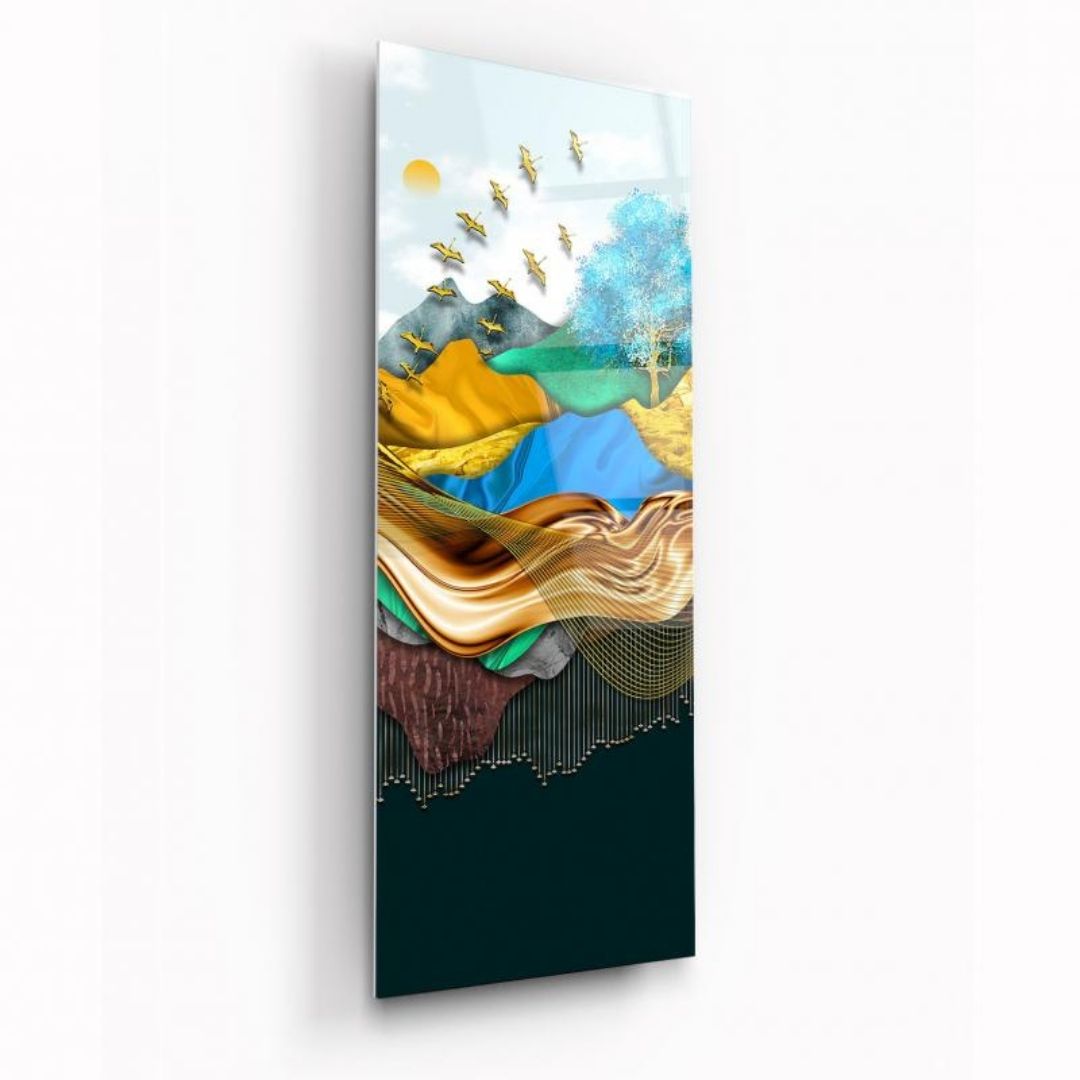
Pop art is a movement that emerged in the mid-1950s, and it is known for its use of popular culture and everyday objects as inspiration for art. This movement was a response to the abstract expressionism that dominated the art world at the time. Pop art is characterized by bold colors, flat imagery, and a sense of humor. One of the most significant figures in the pop art movement is Andy Warhol. In this article, we will explore the origins of pop art, Warhol's impact on the movement, and his contributions to the art world.
Pop Art definition and origins

Pop art is an art movement that emerged in the 1950s and reached its peak in the 1960s. It originated in Britain and the United States as a response to the dominant abstract expressionism movement. Pop art is characterized by the use of everyday objects and popular culture as inspiration for art. The movement was a reaction to the consumerism and mass production of the post-war era. Pop art celebrated the ordinary and the mundane, elevating it to the status of art.
Pop Art examples and famous artists

Pop art artists used everyday objects and popular culture as inspiration for their art. One of the most famous examples of pop art is Andy Warhol's Campbell's Soup Cans. This series of paintings, created in 1962, features thirty-two canvases, each one depicting a different flavor of Campbell's soup. Other famous pop art artists include Roy Lichtenstein, Claes Oldenburg, and James Rosenquist.
Who was Andy Warhol?

Andy Warhol was an American artist who was born in Pittsburgh, Pennsylvania, in 1928. He is considered one of the most significant figures in the pop art movement. Warhol began his career as a commercial illustrator and quickly gained recognition for his work. He became known for his unique artistic style, which often incorporated bright colors and bold imagery. Warhol's work was heavily influenced by popular culture, and he often used everyday objects as inspiration for his art.
Andy Warhol's impact on Pop Art
Warhol's impact on the pop art movement cannot be overstated. His work challenged the traditional boundaries of art and pushed the movement in new directions. Warhol's use of mass-produced images and everyday objects as inspiration for his art paved the way for other pop art artists to explore similar themes. Warhol's unique artistic style and his willingness to experiment with new techniques helped to redefine what art could be.
Andy Warhol's early life and career

Warhol was born into a working-class family in Pittsburgh, Pennsylvania. He attended Carnegie Mellon University, where he studied art and design. After graduating, Warhol moved to New York City, where he began working as a commercial illustrator. He quickly gained recognition for his work and became a sought-after graphic designer. Warhol's success in the commercial art world allowed him to pursue his artistic interests.
The Factory and Warhol's artistic style

In the early 1960s, Warhol established a studio called The Factory. The Factory was a space where artists, musicians, and other creatives could come together to collaborate and experiment with new ideas. Warhol's artistic style underwent a significant transformation during this time. He began using silkscreen printing techniques to create his artwork, which allowed him to mass-produce images and experiment with color and composition.

Warhol's famous works and series
Warhol's most famous works include his Campbell's Soup Cans, Marilyn Monroe portraits, and his series of disaster paintings. These works are characterized by their use of bold colors, flat imagery, and repetition. Warhol's work often explores themes of celebrity, consumerism, and death.
Legacy of Andy Warhol and Pop Art movement

Warhol's impact on the pop art movement continues to be felt today. His use of popular culture and everyday objects as inspiration for art paved the way for other artists to explore similar themes. Warhol's willingness to experiment with new techniques and push the boundaries of what art could be has had a profound impact on the art world. Today, Warhol's work is celebrated around the world, and his legacy continues to inspire new generations of artists.
Conclusion and appreciation of Warhol's genius

In conclusion, Andy Warhol was a genius who had a significant impact on the art world. His use of popular culture and everyday objects as inspiration for art helped to redefine what art could be. Warhol's willingness to push the boundaries of art and experiment with new techniques paved the way for other artists to explore similar themes. Today, Warhol's work continues to be celebrated around the world, and his legacy continues to inspire new generations of artists.







Leave a comment
All comments are moderated before being published.
This site is protected by hCaptcha and the hCaptcha Privacy Policy and Terms of Service apply.